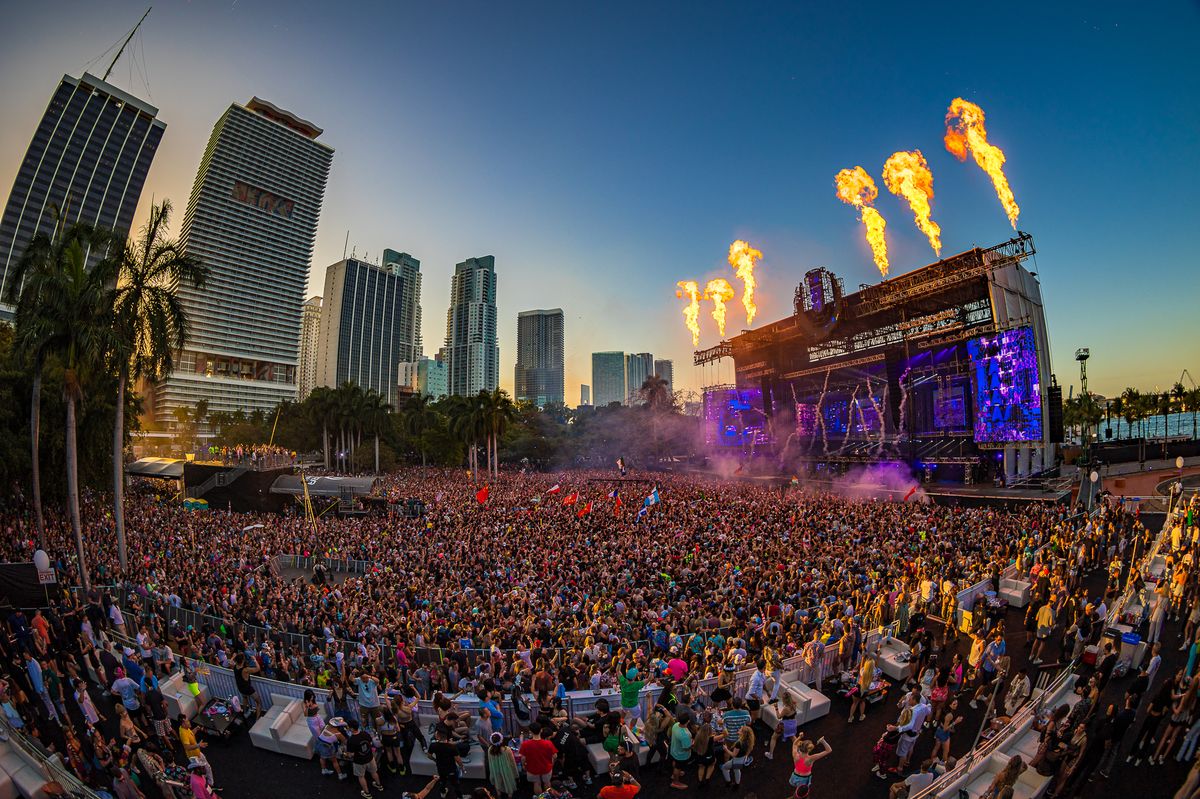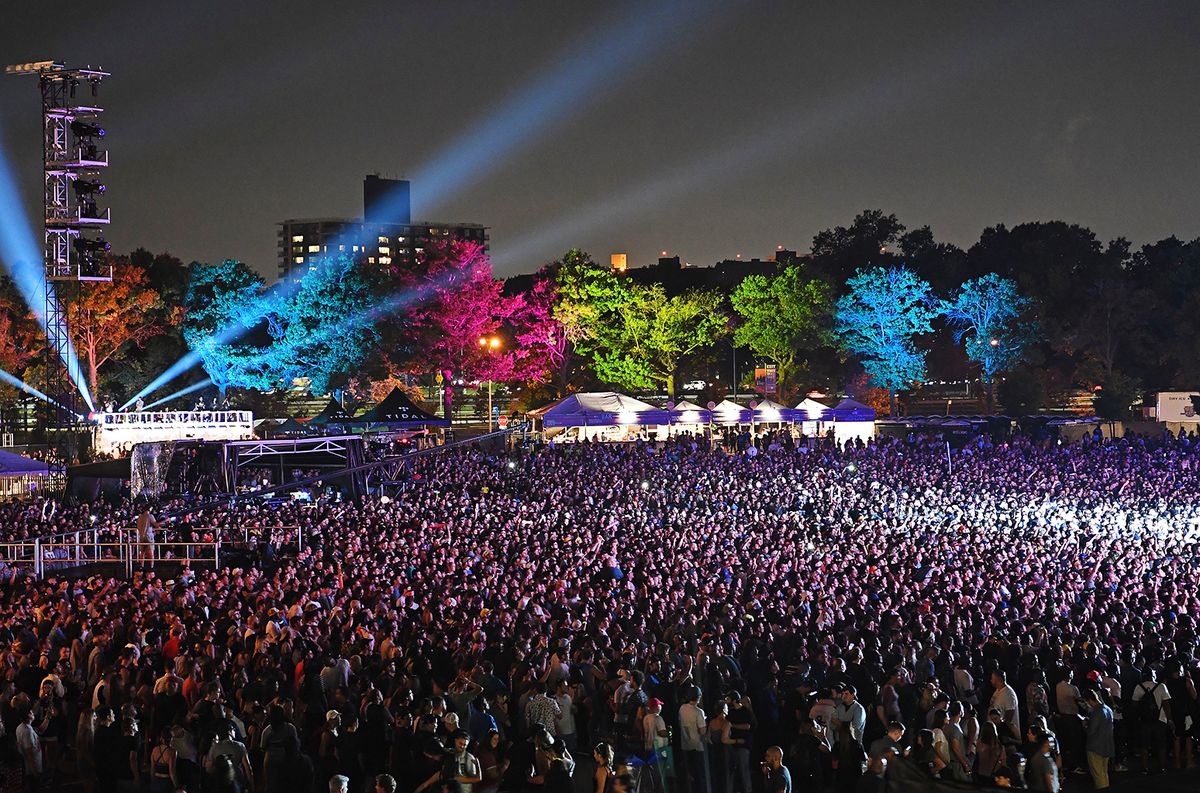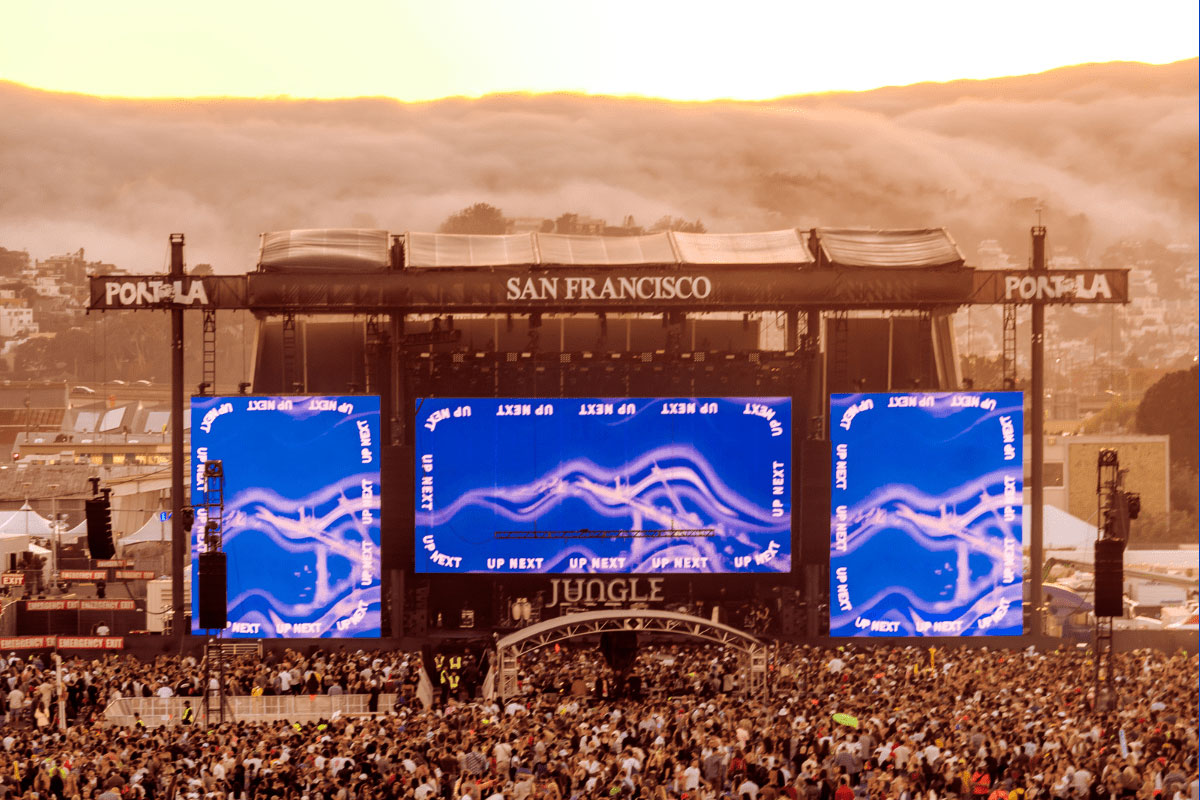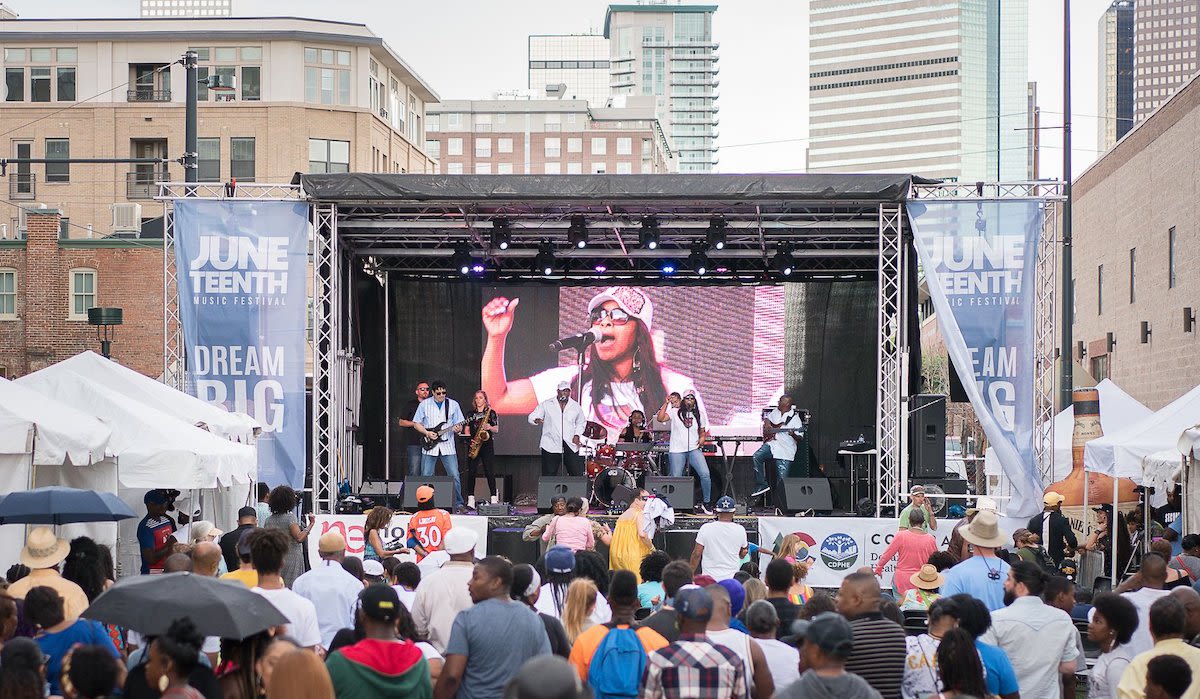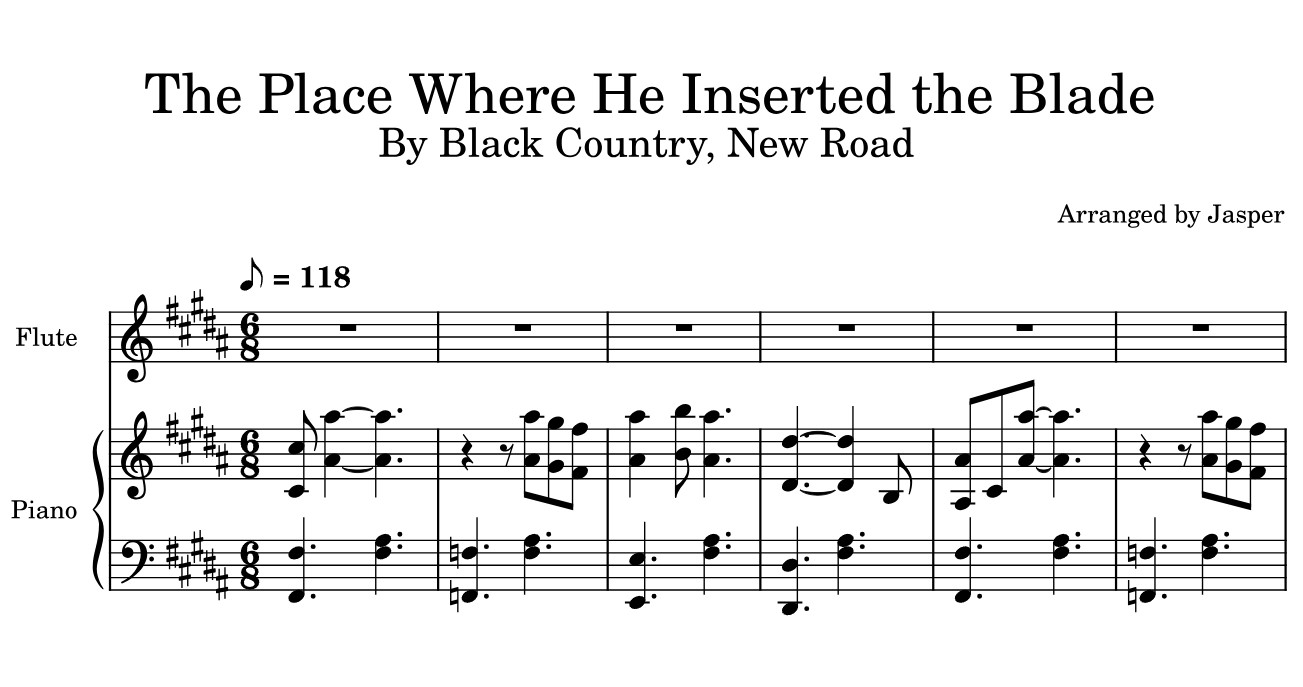Home>Events & Info>Festival>Where Did The Infamous Woodstock Music Festival Take Place
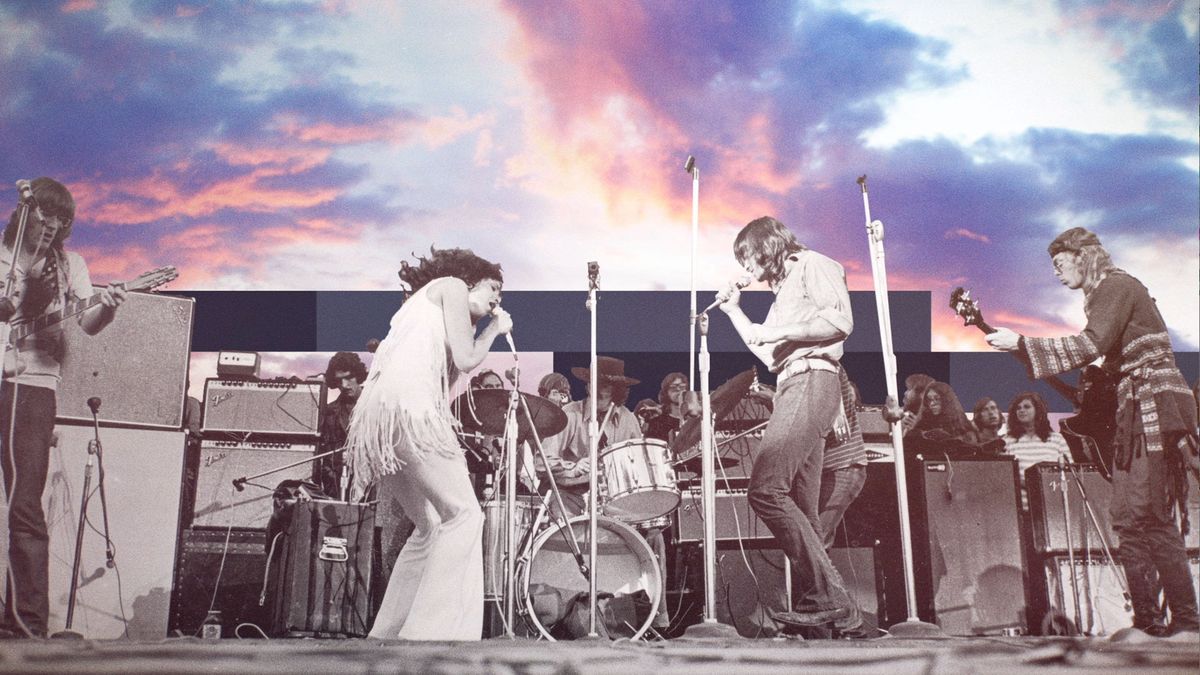

Festival
Where Did The Infamous Woodstock Music Festival Take Place
Modified: February 15, 2024
Discover the iconic Woodstock Music Festival's historic location. Immerse yourself in the history and legacy of this legendary festival.
(Many of the links in this article redirect to a specific reviewed product. Your purchase of these products through affiliate links helps to generate commission for AudioLover.com, at no extra cost. Learn more)
Table of Contents
Introduction
The Woodstock Music Festival is arguably one of the most iconic and influential cultural events in modern history. Held in August 1969, it captured the essence of the counterculture movement, characterized by peace, love, and vibrant music. Woodstock became a symbol of communal harmony, creativity, and a stand against societal norms.
What began as a simple music gathering evolved into a legendary event that attracted hundreds of thousands of people from all walks of life. For three days, a farm in upstate New York witnessed a wave of cultural revolution that would forever change the landscape of music festivals.
Woodstock was more than just a music festival. It was an embodiment of the spirit of freedom, unity, and collective consciousness. It transcended boundaries, bringing together people from diverse backgrounds under the banner of love and music.
In this article, we will explore the origins of the Woodstock Music Festival, the journey towards choosing the location, the significance of Max Yasgur’s farm, the preparations leading up to the festival, the incredible performances that took place, and the lasting impact it had on culture and society.
Origins of Woodstock
The Woodstock Music Festival had its roots in the turbulent social and political climate of the 1960s. The youth of that era were disillusioned with the establishment and sought alternative ways to express themselves. Music became a powerful tool for dissent and self-expression.
In early 1969, four entrepreneurs – John Roberts, Joel Rosenman, Artie Kornfeld, and Michael Lang – set out to organize a music festival that would both showcase the emerging counterculture movement and provide a platform for artists to spread their message of peace and love.
The original plan was to hold the festival in Wallkill, New York, but due to opposition from the local community, the organizers had to search for an alternative location. They eventually found Max Yasgur’s farm in the town of Bethel, Sullivan County.
The concept behind the festival was to create a space where people could come together to enjoy music, connect with nature, and experience a sense of collective liberation. The organizers were inspired by the Monterey Pop Festival held in 1967, which had successfully brought together a diverse range of artists and spectators.
Woodstock was envisioned as more than just a music festival. It aimed to become a cultural landmark where people could express themselves freely, devoid of societal expectations. The organizers wanted to challenge the status quo and promote unity and acceptance.
The lineup of performers reflected the diversity of the counterculture movement, featuring iconic artists such as Jimi Hendrix, Janis Joplin, The Who, Santana, Crosby, Stills, Nash & Young, and many others. Each artist brought their unique sound and message to the stage, contributing to the collective energy of the festival.
As word spread about the festival, anticipation grew exponentially. The Woodstock Music Festival became a symbol of hope and a beacon of freedom for a generation yearning for change. Little did the organizers know that their vision would attract hundreds of thousands of people and establish Woodstock as a cultural milestone.
Choosing the Location
After facing opposition from the Wallkill community, the organizers of the Woodstock Music Festival had to find a new location to accommodate the massive influx of attendees. Their search led them to Max Yasgur’s farm in Bethel, Sullivan County, New York.
Max Yasgur, a dairy farmer, was approached by the organizers who convinced him to lease his land for the festival. Yasgur, sympathetic to the counterculture movement and its ideals, agreed to be a part of this historic event. His farm, located on 600 acres of rolling hills and pastures, provided the perfect setting for the festival.
The decision to choose a farm as the venue was a deliberate choice. The organizers wanted to create an intimate and natural environment where attendees could feel connected to nature. The open fields and picturesque landscapes of Max Yasgur’s farm became the canvas on which the Woodstock experience would unfold.
The rural location was not without its challenges. The lack of infrastructure posed significant logistical hurdles. The organizers had to plan for basic necessities such as sanitation, food, and water supply for the massive crowd expected to attend.
They worked tirelessly to secure permits, arrange for medical services, and coordinate with local authorities to ensure a safe and successful event. It was a race against time to transform the peaceful farmland into a functioning festival site that could accommodate hundreds of thousands of people.
Despite the challenges, the choice of Max Yasgur’s farm proved to be fortuitous. The sprawling grounds, surrounded by natural beauty, set the stage for three days of love, music, and camaraderie. The farm became a sanctuary where people could temporarily escape the chaos of the outside world and immerse themselves in a utopian atmosphere.
The location had a profound impact on the overall experience of Woodstock. The sense of openness and freedom created an environment where attendees could fully embrace the festival’s spirit. It fostered a sense of unity and community amongst the crowd, as they shared space, food, and resources with fellow festival-goers.
Max Yasgur’s farm became synonymous with Woodstock, forever engrained in the history and legacy of the festival. It remains a symbol of the power of coming together, breaking down barriers, and celebrating the transformative power of music and unity.
Max Yasgur’s Farm
Max Yasgur’s farm, located in Bethel, Sullivan County, New York, played a pivotal role in the success and legacy of the Woodstock Music Festival. Spanning 600 acres of rolling hills and lush pastures, the farm provided the idyllic backdrop for the iconic event.
Max Yasgur, a dairy farmer, agreed to lease his land to the festival organizers after the original location faced opposition from the local community. Yasgur’s decision to be a part of Woodstock was not only a business opportunity but also a personal statement of support for the counterculture movement.
Yasgur’s farm quickly became the heart of Woodstock, accommodating the immense crowd that gathered for the festival. The vast open fields provided ample space for attendees to set up their tents and create their own temporary homes for the three-day event.
Despite the challenges of hosting such a massive gathering, Yasgur and his farm allowed the festival to continue without any major disruptions. He embraced the spirit of Woodstock, and his willingness to open his land to thousands of people contributed to the sense of community and freedom that permeated the festival.
Yasgur’s involvement in Woodstock came with personal consequences. He faced backlash from his local community and even received threats for his association with the counterculture movement. However, he stood firm in his belief that people should have the right to express themselves and that music had the power to bring about positive change.
During the festival, Yasgur addressed the crowd, expressing his support and admiration for the peaceful and inclusive nature of Woodstock. His speech emphasized the importance of acceptance and understanding, resonating with the ethos of the festival and the ideals of the counterculture movement.
Max Yasgur’s farm became an iconic landmark, forever etched in the history of Woodstock. The image of the massive crowd gathered on his land, celebrating music and unity, has become synonymous with the spirit of the festival.
Today, the farm is home to the Bethel Woods Center for the Arts, which pays homage to the Woodstock era and preserves the legacy of the festival. The site hosts concerts, exhibits, and educational programs that celebrate the music, culture, and social impact of the Woodstock era.
Max Yasgur’s farm not only provided a physical space for the Woodstock Music Festival but also represented the spirit of openness, acceptance, and a belief in the power of music to create change. It stands as a testament to the lasting impact of Woodstock on the cultural landscape of the world.
Preparations for the Festival
Organizing the Woodstock Music Festival was no small feat. The scale of the event, with its anticipated hundreds of thousands of attendees, required meticulous planning and preparation. From securing permits to coordinating logistics, the organizers worked tirelessly to ensure that the festival would be a success.
One of the most significant challenges was navigating the legal requirements and obtaining the necessary permits for an event of such magnitude. The organizers had to navigate a web of regulations, working with local authorities to ensure compliance while also addressing concerns from the community.
Ensuring the safety and well-being of attendees was a top priority. The organizers arranged for medical and first aid services, establishing emergency medical facilities on-site to address any health issues or emergencies that may arise during the festival. Volunteer medical professionals and organizations played a crucial role in providing assistance and support throughout the event.
Logistics, such as transportation, water supply, and sanitation, were also major considerations. Temporary infrastructure had to be set up to provide clean drinking water, toilets, and waste disposal facilities to accommodate the massive crowd. The organizers enlisted the support of local businesses and community members to help with these essential services.
Security was another crucial aspect of the preparations. With the sheer number of attendees expected, it was vital to maintain order and ensure the safety of all participants. Security personnel and volunteers were employed to manage crowd control, oversee campsite areas, and handle any potential disturbances.
The organizers also had to tackle the financial aspects of the festival. From securing sponsors and investors to managing ticket sales and revenue, the financial logistics were complex. They had to strike a balance between covering costs and keeping ticket prices affordable for as many people as possible.
As the event neared, the organizers faced mounting pressure and uncertainty. The overwhelming demand for tickets and the unprecedented attention from the media added to the complexity of the preparations. Additionally, as news of the festival spread, the logistical challenges increased exponentially.
Despite the challenges and obstacles, the Woodstock Music Festival went ahead as planned. The organizers’ determination, resourcefulness, and ability to adapt to unforeseen circumstances ensured that the event could take place and leave a lasting impact on music and culture.
The preparations for the festival were a true testament to the dedication and spirit of the organizers and the community involved. The success of Woodstock was a result of countless hours of hard work, collaboration, and a shared belief in the power of music to bring people together.
The Infamous Weekend
The Woodstock Music Festival took place over three days from August 15 to August 17, 1969, creating an indelible mark in history as a moment of unprecedented cultural significance. What started as an anticipated gathering of around 50,000 people quickly turned into a massive influx of over 400,000 attendees, overwhelming the organizers and defying all expectations.
The festival kicked off on Friday, August 15, with folk singer Richie Havens taking the stage. The energy and excitement were palpable as artists like Joan Baez, Santana, and The Grateful Dead performed, captivating the enormous crowd. Despite the challenges caused by unexpected rain and mud, which turned the festival grounds into a sprawling mud pit, the spirit of Woodstock remained unbroken.
The sense of camaraderie and unity amongst the attendees was a defining characteristic of the weekend. People shared food, shelter, and personal stories, creating a sense of community that transcended societal barriers. The famous phrase “Peace, Love, and Music” became more than just a slogan; it encapsulated the ethos of the festival and the spirit of the counterculture movement.
Woodstock was not without its challenges. The sheer number of attendees overwhelmed the limited resources available, and the festival faced food and water shortages. However, the resourcefulness and kindness of the community prevailed, with local townspeople and volunteers coming together to provide emergency supplies and support.
Despite the initial concerns about potential clashes between law enforcement and the attendees, the atmosphere throughout the weekend remained relatively peaceful. The event showcased a remarkable display of nonviolence, with attendees respecting the festival’s ethos and embracing a sense of harmony.
One of the most iconic moments of Woodstock came on Sunday morning, when Jimi Hendrix took the stage for his legendary performance. His rendition of “The Star-Spangled Banner” on the electric guitar became an emblematic and provocative representation of the counterculture movement’s opposition to the Vietnam War.
As Monday morning arrived, signaling the end of the festival, the attendees slowly began to disperse, leaving behind a legacy that would resonate for decades to come. The Woodstock Music Festival was a defining moment in history, a symbol of unity, music, and a shared vision for a better world.
The festival’s impact extended far beyond those three tumultuous days. Woodstock became a cultural touchstone, influencing future music festivals and shaping the way we view and experience live music. It illustrated the power of music to bridge divides, inspire change, and unite people from all corners of the world.
The infamous weekend of Woodstock remains a testament to the power of a shared dream, where half a million people came together to celebrate peace, love, and the indomitable spirit of humanity.
Performances at Woodstock
The Woodstock Music Festival is renowned for its extraordinary lineup of artists who graced the stage over the course of the three-day event. It showcased a diverse range of musical genres, attracting legendary performers from the era as well as emerging talents who would go on to become icons in their own right.
On the opening day of the festival, artists such as Richie Havens, Joan Baez, and Santana captivated the crowd with their passionate performances. Havens’ soulful and improvised rendition of “Freedom” became an anthem of the festival, setting the tone for the days to come.
The second day showcased a range of rock and blues acts, including The Who, Janis Joplin, and Jefferson Airplane. Janis Joplin’s electrifying and soul-stirring vocals left an indelible mark on the audience, while The Who’s explosive performance of “My Generation” exemplified the rebellious spirit of the youth culture.
The final day of Woodstock featured iconic acts such as Joe Cocker, Crosby, Stills, Nash & Young, and Jimi Hendrix. Joe Cocker’s impassioned rendition of “With a Little Help From My Friends” became an instant classic, captivating the crowd with his raw energy and soulful vocals.
One of the most memorable performances in Woodstock’s history came from Crosby, Stills, Nash & Young. Their harmonies and soulful melodies captivated the massive audience, evoking a sense of unity and hope with songs like “Wooden Ships” and “Suite: Judy Blue Eyes.”
However, it was Jimi Hendrix’s closing performance that would forever be etched in the annals of music history. His mesmerizing rendition of “The Star-Spangled Banner” on his electric guitar became both a powerful anti-war statement and a testament to his incredible talent as a musician.
In addition to the headliners, Woodstock also gave a platform to lesser-known artists who would later gain recognition. Acts like Sha Na Na, Ten Years After, and Country Joe McDonald brought their unique sounds to the stage, contributing to the rich tapestry of musical experiences at the festival.
The performances at Woodstock were marked by their spontaneity, improvisation, and the heartfelt connection between the artists and the audience. The extraordinary combination of talent, passion, and the energy of the crowd created an electric atmosphere that transcended the musical performances themselves.
Woodstock became a watershed moment for many of these artists, propelling them to greater fame and solidifying their place in music history. The festival showcased the power of music to inspire, unite, and ignite social and cultural change.
The performances at Woodstock represented a vibrant, creative, and diverse musical landscape of the late 1960s. They continue to resonate with music lovers and stand as a testament to the enduring impact of the festival on both the artists and the audience who experienced it firsthand.
Impact and Legacy
The Woodstock Music Festival left an indelible mark on the cultural and social landscape of the 1960s and beyond. It became a defining moment of the counterculture movement and a symbol of unity, peace, and the power of music to effect change.
Woodstock captured the attention of the nation and the world with its unprecedented gathering of hundreds of thousands of people. It showcased the potential for peaceful coexistence and highlighted society’s yearning for a more inclusive and harmonious world.
One of the most significant impacts of Woodstock was its influence on the future of music festivals. It set a new standard for large-scale gatherings, inspiring organizers to prioritize diverse lineups, communal experiences, and social causes. Woodstock established a template for festivals that aimed to create a sense of community and promote cultural and social awareness.
The festival also had a profound impact on the artists who performed. Many of them experienced career-defining moments at Woodstock, propelling them further into fame and cementing their place in music history. Woodstock became a testament to the power of live music and its ability to connect artists and audiences on a spiritual and emotional level.
Woodstock’s legacy extends beyond music. It embodied the spirit of the counterculture movement, challenging traditional social norms and advocating for peace, love, and equality. The festival became a symbol of protest against the Vietnam War and a call for social transformation.
Furthermore, Woodstock showcased the potential for peaceful assembly on a massive scale. Despite the challenges and logistical hurdles, attendees upheld the values of the festival, cultivating an atmosphere of mutual respect, sharing, and communal harmony. It demonstrated that people from diverse backgrounds could come together and create a temporary utopia rooted in love and understanding.
Woodstock’s legacy also includes its impact on the local community. While initially met with hesitation and opposition, the festival left a lasting positive impact on the town of Bethel. It brought economic opportunities, revitalized the area, and allowed community members to participate in a transformative cultural event.
Woodstock’s influence has continued to reverberate through the years, inspiring subsequent generations and leaving an enduring cultural imprint. Its spirit lives on in the many festivals and events that strive to recreate the sense of unity, peace, and celebration of music that made Woodstock legendary.
The impact and legacy of Woodstock are a testament to the power of music, community, and the human spirit. It stands as a reminder that in times of uncertainty and division, the power of art and unity can shape the world and ignite positive change.
Conclusion
The Woodstock Music Festival remains an iconic cultural milestone that continues to captivate the imaginations of people around the world. It symbolizes a generation’s desire for peace, love, and a new vision for society.
Woodstock was more than just a music festival; it was a transformative experience that brought together hundreds of thousands of individuals, transcending boundaries and inspiring a sense of unity. The performances, the crowd, and the atmosphere created an unforgettable moment that celebrated the power of music to connect people and effect social change.
The impact of Woodstock reached far beyond those three remarkable days in August 1969. It shaped the way we perceive and approach music festivals, with its emphasis on inclusivity, diversity, and communal spirit influencing subsequent gatherings for decades to come.
Woodstock’s legacy extends beyond its musical significance. It serves as a reminder that collective action can manifest positive transformation, even in the face of adversity. The festival’s messages of peace, love, and social justice continue to resonate in a world that still grapples with social and political issues.
Max Yasgur’s farm, the performances of legendary artists, and the spirit of the counterculture movement converged to create a moment in time that has left an indelible mark on popular culture. Woodstock embodied a spirit of rebellion against the status quo while espousing the values of togetherness, understanding, and freedom.
As we reflect on Woodstock, we are reminded of the power of collective action and the potential for music and art to bring people together. The festival sparked a cultural revolution, leaving an enduring legacy that continues to inspire generations to create positive change and strive for a more harmonious world.
In an era where divisiveness and conflict persist, Woodstock serves as a symbol of hope and a reminder that the pursuit of peace, love, and unity is a powerful force. The festival stands as a testament to the resilience of the human spirit and the capacity for music to transcend boundaries and foster connection.
Woodstock will forever remain a touchstone for cultural revolution, a time when music carried a message of change and when a gathering of half a million people became a beacon of hope. Its impact extends far beyond the notes that were played – it lives on as a testament to the profound impact music and communal celebration can have on the world.



